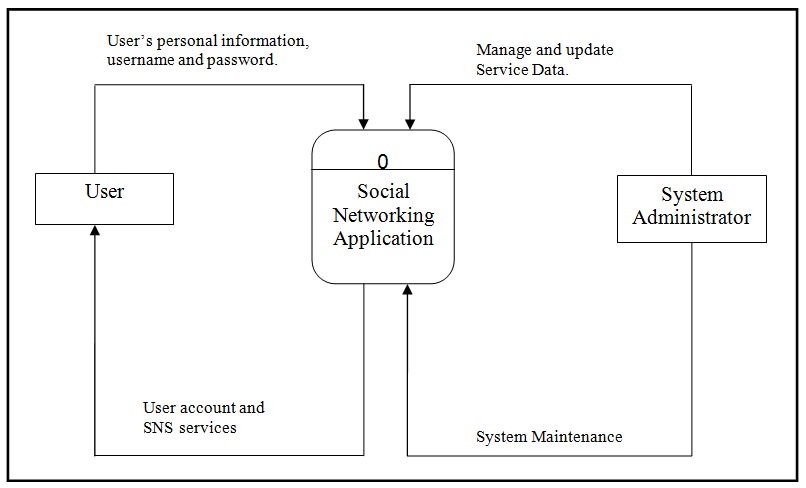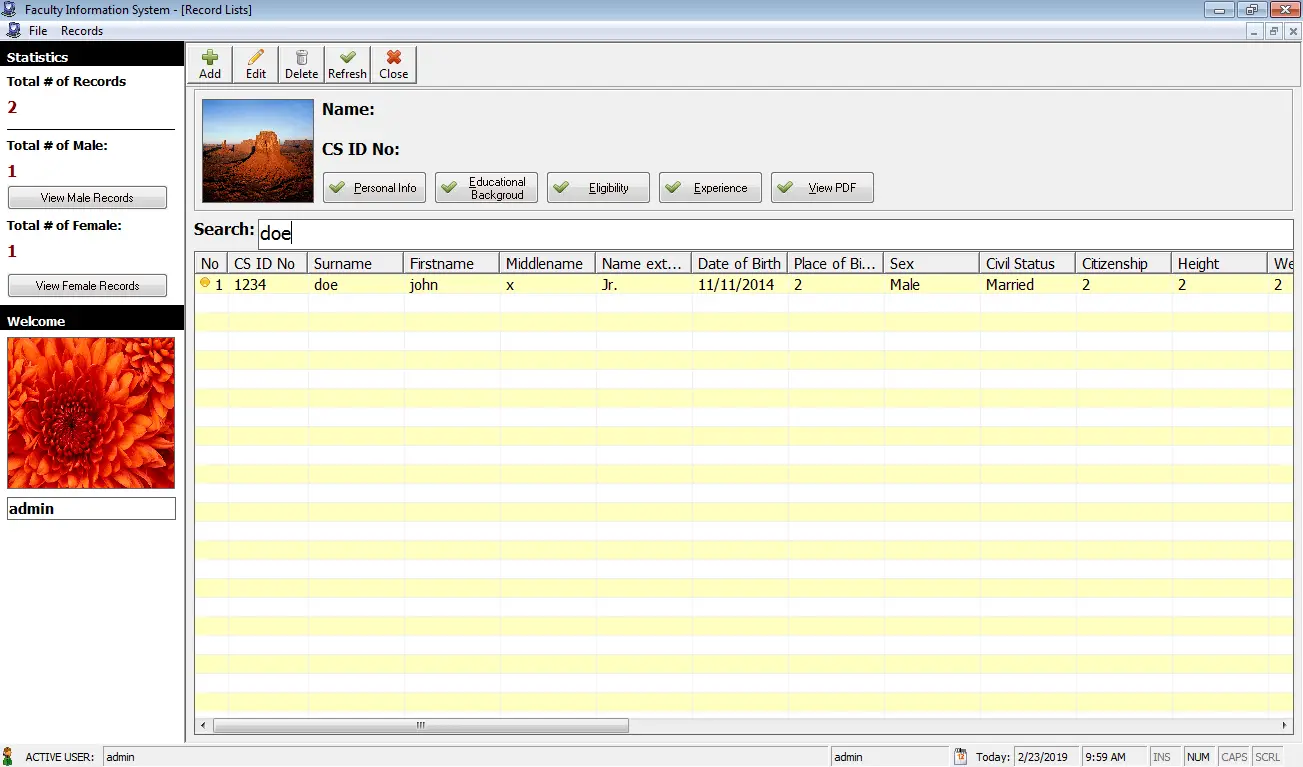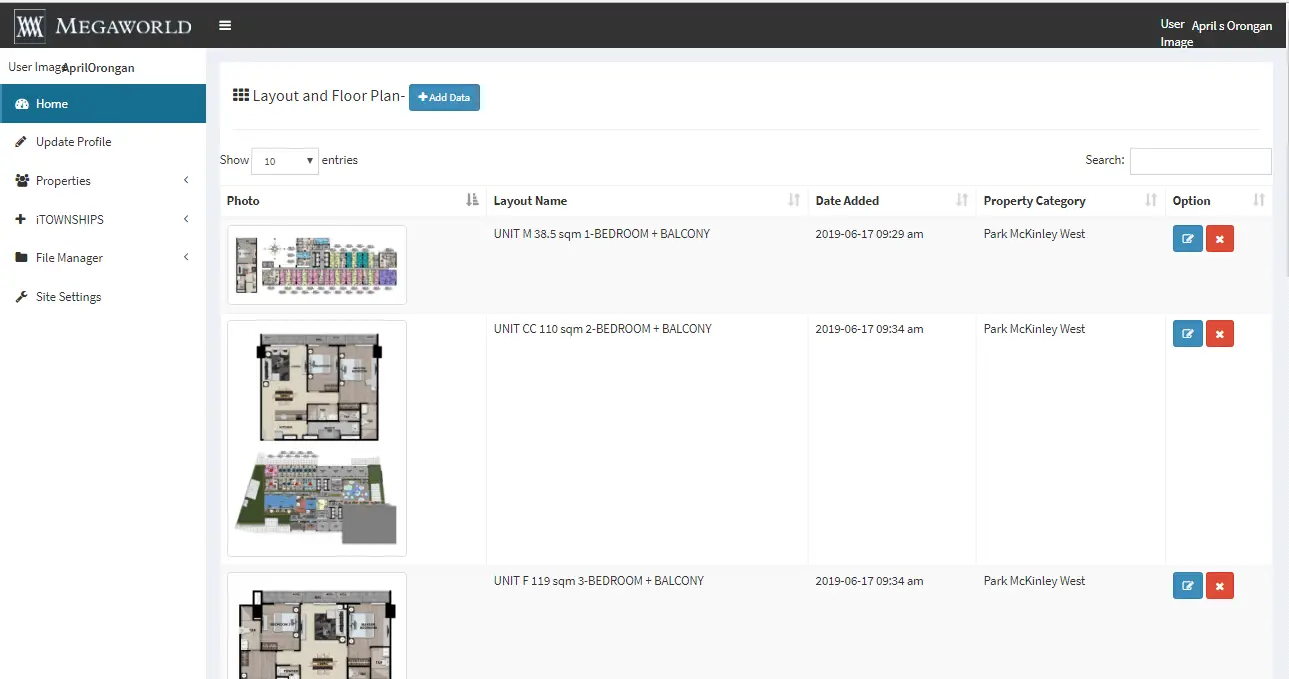Innovative IT Project Ideas for Environmental Monitoring and Conservation
Introduction
Table of Contents
As environmental challenges grow more urgent, addressing issues like climate change, pollution, deforestation, and biodiversity loss has become a global priority. These environmental concerns impact ecosystems, human health, and the overall balance of the planet. To tackle these problems effectively, innovative solutions are necessary.
Information Technology (IT) plays a vital role in environmental conservation by offering tools to monitor, analyze, and manage environmental data. From IoT (Internet of Things) devices that track wildlife movements to AI algorithms that detect pollution patterns, IT enables real-time solutions for environmental monitoring and protection. Technologies like GIS (Geographic Information Systems) and remote sensing also provide detailed insights into land use, deforestation, and ecosystem health.
Integrating IT with sustainability efforts is crucial for creating smarter, more efficient solutions to environmental problems. IT-driven systems can streamline data collection, optimize resource usage, and automate conservation efforts. By combining the power of technology with sustainability practices, we can create lasting solutions that not only conserve resources but also promote a healthier, more sustainable planet.
Embracing IT in environmental conservation leads to better decision-making, faster response to ecological threats, and improved long-term environmental outcomes.
The Intersection of IT and Environmental Monitoring
Environmental monitoring refers to the systematic collection of data related to the environment, such as air and water quality, wildlife populations, deforestation, and pollution levels. It helps identify changes, trends, and potential threats to ecosystems. The goal is to provide actionable insights that can guide conservation efforts, policymaking, and sustainable practices to mitigate environmental damage.
IT solutions have revolutionized environmental monitoring by enabling more accurate and efficient data collection. Technologies like IoT (Internet of Things) sensors, drones, and satellite imagery allow for real-time tracking of environmental conditions. These tools gather vast amounts of data from remote or inaccessible areas, which would be challenging to monitor manually.
Once collected, IT systems like cloud computing and data analytics platforms process and analyze the information quickly. AI and machine learning algorithms can detect patterns and predict trends, providing early warnings of potential environmental threats. This leads to faster decision-making and more effective conservation strategies, ultimately improving the protection of natural resources and ecosystems.
IT Project Ideas for Environmental Monitoring and Conservation
Here are 15 innovative IT project ideas for environmental monitoring and conservation, along with brief descriptions and suggested development tools:
- IoT-based Air Quality Monitoring System
- Description: Use IoT sensors to monitor real-time air quality in urban and rural areas, tracking pollutants like CO2 and PM2.5.
- Development Tools: Arduino, Raspberry Pi, ThingSpeak, Python, Node.js
- Smart Waste Management System
- Description: Implement smart bins with sensors to monitor waste levels and optimize collection routes, reducing carbon footprint.
- Development Tools: IoT (Arduino, Raspberry Pi), Google Maps API, Python, MQTT
- AI-powered Forest Fire Detection System
- Description: Leverage AI to detect and predict forest fires using real-time satellite and sensor data.
- Development Tools: TensorFlow, OpenCV, Google Earth Engine, Python, GIS
- Blockchain-based Carbon Credit Trading Platform
- Description: Create a transparent system for tracking and trading carbon credits using blockchain technology.
- Development Tools: Ethereum, Solidity, Node.js, Web3.js, React
- Marine Pollution Detection with Remote Sensing
- Description: Use satellite imagery and machine learning to identify and monitor ocean pollution levels.
- Development Tools: Google Earth Engine, Python, TensorFlow, GIS
- Wildlife Tracking and Conservation Using IoT
- Description: Deploy IoT-based GPS trackers on wildlife to monitor their movement and prevent poaching.
- Development Tools: GPS modules, IoT (Arduino, Raspberry Pi), Python, ThingSpeak
- Smart Irrigation System for Sustainable Agriculture
- Description: Develop an IoT system to monitor soil moisture and automate irrigation, reducing water waste in farming.
- Development Tools: Arduino, IoT sensors, Node.js, Python, Google Firebase
- AI-driven Deforestation Detection and Analysis
- Description: Use AI and satellite images to detect illegal deforestation and provide early warnings for forest protection.
- Development Tools: TensorFlow, OpenCV, Google Earth Engine, Python, QGIS
- Energy Consumption Monitoring System
- Description: Create a platform to monitor and analyze energy consumption in households or industries to optimize usage.
- Development Tools: IoT (Arduino, Raspberry Pi), Node.js, Python, React
- Smart Water Management System
- Description: Design a system that tracks water usage and detects leaks in real-time, promoting efficient water conservation.
- Development Tools: IoT sensors, MQTT, Python, Raspberry Pi, Node-RED
- Real-time Noise Pollution Monitoring App
- Description: Develop an app to measure and track noise pollution in urban areas using mobile devices or IoT sensors.
- Development Tools: Android/iOS development (Flutter, React Native), Python, Node.js, ThingSpeak
- Mangrove Conservation System with GIS Mapping
- Description: Build a GIS-based tool to monitor and map mangrove areas, helping in conservation efforts.
- Development Tools: QGIS, Python, Leaflet.js, Google Earth Engine
- Solar Energy Monitoring System
- Description: Design an IoT-based system to track the efficiency and performance of solar panels in real-time.
- Development Tools: IoT (Arduino, Raspberry Pi), Python, Node.js, MQTT
- AI-powered Water Quality Monitoring
- Description: Implement AI to analyze water quality parameters like pH, turbidity, and pollutant levels.
- Development Tools: IoT sensors, TensorFlow, Python, Raspberry Pi, AWS IoT
- Drones for Environmental Monitoring
- Description: Use drones to capture aerial data on deforestation, wildlife, and environmental changes, analyzing it with machine learning.
- Development Tools: DJI SDK, OpenCV, Python, TensorFlow, GIS
These projects merge technology and sustainability to provide real-time, scalable solutions for environmental conservation, using modern tools like IoT, AI, blockchain, and GIS.
Challenges and Considerations in IT Environmental Projects
While IT offers tremendous potential for environmental monitoring and conservation, implementing these solutions comes with its own set of challenges. Let’s explore some key considerations:
- Data Privacy and Security Concerns
Environmental monitoring often involves collecting sensitive data about locations, species, and natural resources. This raises important privacy and security issues:
- Protection of endangered species: Location data of rare animals could be exploited by poachers if not properly secured.
- Land use information: Data about natural resources might be misused for unauthorized exploitation.
- Personal data: Citizen science projects may collect information about volunteers that needs safeguarding.
Solutions:
- Implement robust encryption and access controls
- Anonymize data where possible
- Educate users about data handling best practices
- Comply with data protection regulations (e.g., GDPR)
- Technological Limitations in Remote Areas
Many environmental projects operate in remote or challenging environments, presenting unique technical hurdles:
- Limited internet connectivity
- Lack of reliable power sources
- Harsh weather conditions affecting equipment
- Difficulty in maintaining and repairing devices
Solutions:
- Develop offline-capable systems
- Utilize low-power, durable devices
- Implement solar or other renewable energy sources
- Design for easy maintenance by non-technical staff
- Balancing Cost and Sustainability
Environmental projects often operate with limited budgets, making it challenging to implement and maintain high-tech solutions:
- High initial investment for equipment and software
- Ongoing costs for data storage and analysis
- Need for regular updates and maintenance
- Training costs for staff and volunteers
Solutions:
- Prioritize open-source technologies to reduce licensing costs
- Leverage cloud computing for scalable, pay-as-you-go resources
- Implement energy-efficient systems to reduce long-term operating costs
- Develop user-friendly interfaces to minimize training requirements
- Ensuring Long-term Viability
Environmental monitoring projects often need to run for extended periods to gather meaningful data:
- Evolving technology may render systems obsolete
- Changing funding landscapes can threaten project continuity
- Maintaining consistent data collection over time
Solutions:
- Design modular systems that can be easily updated
- Develop partnerships with academic institutions for ongoing support
- Create community engagement programs to ensure local buy-in and participation
By addressing these challenges head-on, we can create more effective, sustainable IT solutions for environmental monitoring and conservation. The key is to balance technological innovation with practical considerations, ensuring that our digital tools truly serve the needs of our planet.
Remember, every challenge presents an opportunity for innovation. As we continue to develop IT solutions for environmental conservation, we’re not just solving today’s problems – we’re paving the way for a more sustainable future.
Conclusion
The growing importance of IT in environmental sustainability cannot be overstated. As our planet faces unprecedented environmental challenges, technology offers innovative solutions to monitor, analyze, and mitigate these issues. From real-time data collection and analysis to advanced modeling and simulation, IT plays a crucial role in driving sustainable development and protecting our natural resources.
IT professionals have a unique opportunity to contribute to environmental conservation by developing and implementing innovative IT solutions. By leveraging their skills and expertise, they can help create a more sustainable future for generations to come.
The future of IT in global environmental efforts is promising. As technology continues to advance, we can expect to see even more innovative and effective solutions emerge. By embracing technological advancements and fostering collaboration between IT professionals and environmental experts, we can collectively address the pressing challenges facing our planet and ensure a sustainable future for all.
Readers are also interested in:
You may visit our Facebook page for more information, inquiries, and comments. Please subscribe also to our YouTube Channel to receive free capstone projects resources and computer programming tutorials.
Hire our team to do the project.


